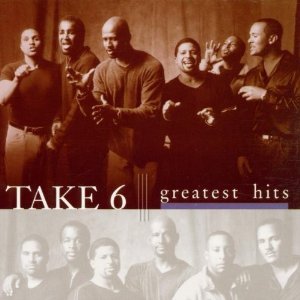I am currently demoing one of these. It is an interesting piece. Blind testing is the only way to audition it and the volume needs to be adjusted. I ran a test signal through it when active and in bypass mode and there is about a 1.5 to 2 db difference. I took it to a friends house this last weekend and placed it in his equipment rack which is located in a room behind his listening room so we were able to do the blind listening. It clearly both widens and deepens the sound-stage and really does make the listening experience more enjoyable. I also disagree with Bruce on exaggerated sound stage. Not even close to exaggerated. Is is more accurate? Don't know and don't care since (a) I was not in the room where and when it was recorded and (b) my view of a home audio system is to provide an enjoyable listening experience and not to re-create the live performance, which is impossible in the home - as far as I'm concerned.
Notice: Anyone who auditions this piece and eagerly switches between bypass and engaged will love it but in that case, you are mostly hearing the volume increase/decrease - louder (certainly by this amount) almost always sounds better.
Will I keep it? Still don't know, but probably. It certainly works better on some recordings than others. I have some multi-mic'd acappella recordings where the improvement (or for those of you who don't think this is an improvement, at least a difference) was pretty spectacular. This is the recording that is very spacious that I first used to listen:

If the product were $1000, I would keep it in a heartbeat. My guess would be that their strategy would be to convince SSP companies, DVD manufactures or preamp manufacturers to imbed the technology into their products --- which the very successful approach Audyssey utilized.
I would say this: the "difference" this $4000 box makes is much larger by many orders of magnitude than going from, for example, a $5,000 preamp to a $9,000 preamp. I have neither and still struggle with spending this kind of money on any audio “thingie” which doesn’t mean I won’t buy one).
And for those that did not hear any difference, that was my initial experience as well. Once I figured out what it was doing, it was easy to hear the changes even in a blind environment. The real questions one must ask are: (1) do I perceive the changes as an improvement or just a change and (2) if an improvement, are they worth $4000?


